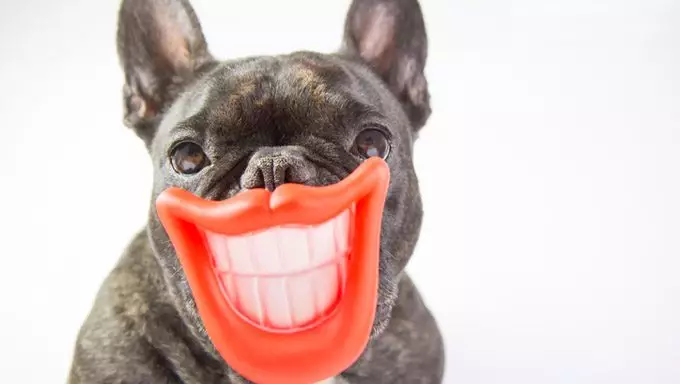As pet owners, we often find ourselves in denial about certain aspects of our furry friends. One of these uncomfortable truths is that, at times, our dogs may have less-than-pleasant breath. While this subject might be fleetingly humorous or awkward during playdates, the reality is that canine dental health significantly impacts the overall well-being of our pets. Ignoring dental issues can lead to serious health complications, with bad breath often serving as the first red flag of underlying problems.
Dental diseases are increasingly recognized as one of the leading health threats to dogs. Conditions such as periodontal disease, which can result from the accumulation of plaque and tartar, may escalate into life-threatening infections impacting vital organs. In fact, studies suggest that up to 80% of dogs show signs of dental disease by age three, highlighting an alarming trend in pet health. The connection between oral hygiene and the health of a dog’s entire body cannot be overstated. Bad breath is frequently an early indication of these issues, alerting owners to seek veterinary care before the problem grows more serious.
Many pet owners may resort to quick fixes for offensive canine breath, such as breath-freshening treats or sprays. While these methods may provide temporary relief, they frequently do not address the root cause of the odor. Dental health in dogs should be approached holistically, involving regular veterinary check-ups and preventative care rather than just quick solutions. If your dog’s breath becomes particularly foul or if you notice other symptoms like excessive drooling or reluctance to eat, these could be signs of serious dental issues that necessitate a visit to the vet.
So, what can pet owners do to ensure their dog enjoys fresh breath and good dental health? The first step is establishing a routine of at-home dental care. Regular tooth brushing is one of the most effective methods for maintaining oral hygiene. A vet-recommended toothpaste designed specifically for dogs is essential, as human toothpaste can be toxic to them. Additionally, chew toys and dental treats can help reduce plaque and tartar formation while also satisfying your dog’s natural urge to chew.
Naturally, information gleaned from the internet or anecdotal tips from other pet owners can be helpful, but nothing compares to guidance from a professional. Prior to starting any natural remedies or making significant changes to your dog’s dental care routine, always consult with your veterinarian. They can provide personalized recommendations based on your dog’s specific needs, history, and any current health concerns.
Ultimately, maintaining fresh breath is not just about being socially acceptable; it’s crucial for the long-term health and happiness of your four-legged companion. By being proactive and informed, pet owners can significantly contribute to their dog’s well-being and quality of life.

